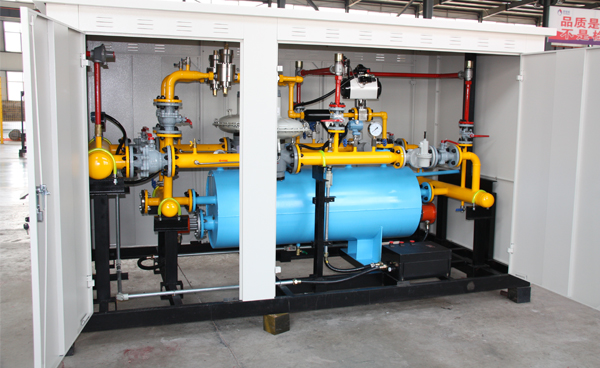
Dec . 06, 2024 16:42
Back to list
صمام تنظيم ضغط الغاز
The Role of Gas Pressure Regulating Valves in Modern Applications
Gas pressure regulating valves, also known as pressure relief valves or gas regulators, are essential components in various industries where gas is used, such as residential heating, industrial processes, and automotive systems. These valves ensure that gas is delivered at a safe and consistent pressure, protecting equipment, enhancing efficiency, and ensuring safety.
Understanding Gas Pressure Regulation
Gas pressure regulating valves function by maintaining a predetermined outlet pressure regardless of changes in the inlet pressure or flow demand. This capability is vital in systems where fluctuations can lead to dangerous situations or equipment damage. For instance, in residential heating systems, a gas regulator prevents the pressure from exceeding safe levels, which could otherwise lead to leaks or explosions.
The working mechanism of a pressure regulator is relatively straightforward. It typically consists of a diaphragm, a spring, and an adjustment screw. The diaphragm reacts to the pressure changes, moving up and down to either open or close the valve. When the outlet pressure drops below the set value, the diaphragm moves, allowing more gas to flow through the regulator. Conversely, if the pressure exceeds the set point, the diaphragm closes the valve to reduce the flow. This balance is crucial for the stability of gas delivery systems.
.
1. Residential Use In homes, gas pressure regulators are commonly found in natural gas lines. They help convert high-pressure gas from the utility into a lower pressure suitable for appliances like furnaces, stoves, and water heaters. Proper regulation is vital as it ensures that these appliances operate correctly and safely.
صمام تنظيم ضغط الغاز

2. Industrial Processes Many industries rely on gas for heating, processing, or manufacturing products. In such settings, gas regulators must manage large volumes of gas under varying pressures. Industries such as food processing, pharmaceuticals, or chemical manufacturing use these valves to ensure precise control of gas flow, which is essential for maintaining product quality and operational safety.
3. Automotive Systems Gas pressure regulation is also critical in the automotive world, particularly in vehicles that use compressed natural gas (CNG) or liquefied petroleum gas (LPG). In these vehicles, a pressure regulator adjusts the gas pressure entering the engine, ensuring optimal combustion and engine performance. This not only enhances fuel efficiency but also reduces harmful emissions.
Safety Considerations
Safety is a primary concern when dealing with gas pressures. High-pressure gas systems are particularly hazardous, and mishandling can lead to catastrophic failures. As such, the installation of reliable gas pressure regulating valves is crucial. Properly functioning regulators mitigate risks by preventing excessive pressure buildup. Regulatory bodies often enforce standards for these devices to ensure they meet safety requirements.
Regular maintenance and testing of gas pressure regulators are equally important. Over time, components can wear out or fail, leading to potential hazards. Routine inspections can identify early signs of wear, allowing for timely repairs or replacements.
Conclusion
Gas pressure regulating valves play an indispensable role in ensuring the safe and efficient use of gas in various applications. From maintaining the integrity of residential heating systems to supporting industrial processing and automotive applications, these valves are vital for operational safety and efficiency. As technology continues to advance and the demand for gas increases, the importance of reliable and effective gas pressure regulation will remain a cornerstone of modern energy systems. Proper installation, regular maintenance, and adherence to safety standards are essential to maximizing the benefits these devices offer while minimizing risks associated with gas usage.
Next:
Latest news
-
Safety Valve Spring-Loaded Design Overpressure ProtectionNewsJul.25,2025
-
Precision Voltage Regulator AC5 Accuracy Grade PerformanceNewsJul.25,2025
-
Natural Gas Pressure Regulating Skid Industrial Pipeline ApplicationsNewsJul.25,2025
-
Natural Gas Filter Stainless Steel Mesh Element DesignNewsJul.25,2025
-
Gas Pressure Regulator Valve Direct-Acting Spring-Loaded DesignNewsJul.25,2025
-
Decompression Equipment Multi-Stage Heat Exchange System DesignNewsJul.25,2025

